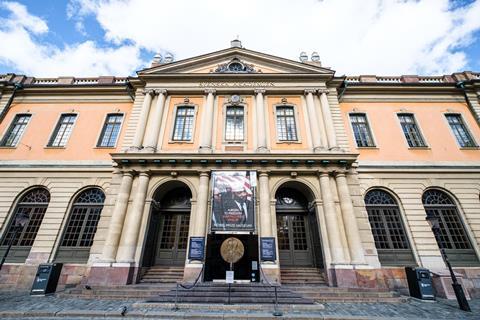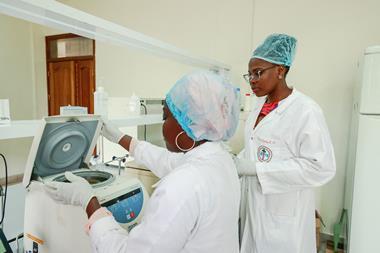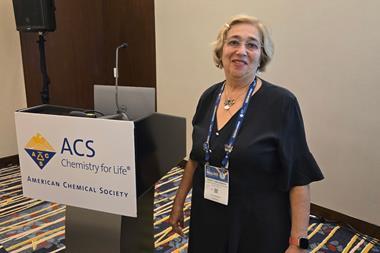The winners of the Nobel prize in chemistry have all made mistakes – and that’s inspirational

Have you ever wondered whether a Nobel laureate has a favourite brand of peanut butter? No, me neither. Which might explain why my visit to the Nobel prize museum in Stockholm, Sweden, earlier this year was such an unexpected experience.
When Nobel prize winners travel to Stockholm to accept their medals, they’re invited to donate an item to go into the museum’s main exhibit. Some donate things related to their work (molecular models abound for chemists); others choose more personal items – hence the jar of Laura Scudder’s smooth.
Nobel laureates are often glorified as geniuses – superior beings whose inherent talent, drive and creativity raise them far above the everyday mob. So it’s disconcerting to stand in a museum and admire at a bunch of ordinary items – musical instruments, ties, a piggy bank – that could have belonged to anyone, but just happen to have been owned by someone who went on to win a Nobel.
But that’s the point. A few weeks before my museum trip I was at the 74th Lindau Nobel laureate meeting. This brought together promising young chemists from around the world with 30 Nobel prize winners. As well as listening to talks from the laureates, the young scientists had opportunities to chat to them at break times and over meals – some even got to throw shapes with them on the dancefloor.
Nobel pursuit
One fascinating aspect of the conference was watching how the young scientists changed their attitudes towards the laureates over the course of the week. Early on, the laureates had celebrity status (an announcement was made after one session to be mindful when requesting selfies). But by the end, the young scientists were more comfortable mixing with the laureates – freer to question them and even challenge them.
The laurates were no longer just superstar names. They were now relatable people – still fiercely intellectually brilliant, but people who more of the young scientists could imagine themselves becoming.
That’s something to keep in mind as we anticipate and celebrate the announcement of this year’s winners of the Nobel prize in chemistry. Yes, the winners deserve to try to enjoy the level of celebrity (and the opportunities it brings) that comes with being awarded the Nobel. But if this tips into veneration, we restrict the potential for the laureates to inspire future generations of scientists.
Because Nobel laureates are not infallible. Throughout their careers they’ve made mistakes, developed incorrect theories and had experiments fail. That’s how science progresses. And it’s through seeing how they persevered through those challenges that we can draw inspiration to overcome similar problems of our own. That might not be something you can easily put on display in a museum, but it provides a far more important – and revealing – insight into what makes a Nobel-calibre scientist than you can get from admiring an item that they used to own.

















No comments yet